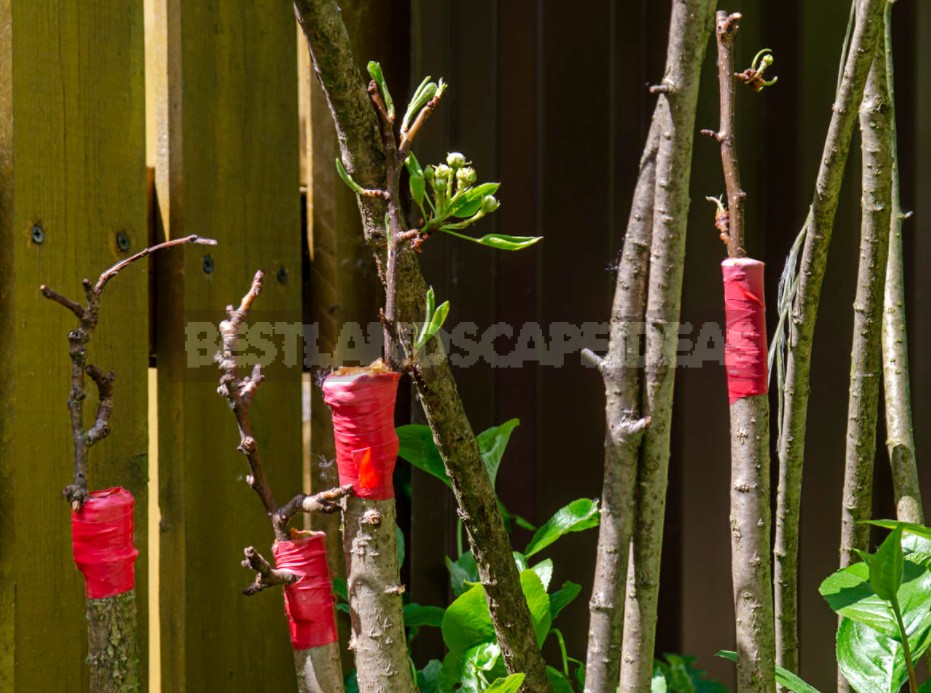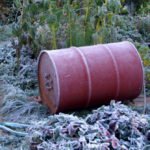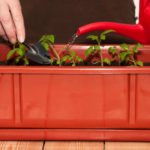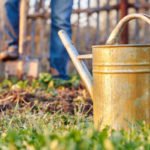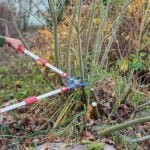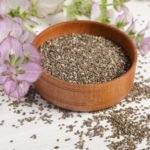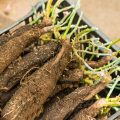A gardener who has decided to master the grafting of fruit or ornamental crops will certainly encounter the concepts of “rootstock” and “graft”. Their meaning is easy to remember: a graft is something that is grafted, well, and a rootstock is, respectively, what is under it: the plant that is being vaccinated. But then there are questions…
Where do they get a rootstock? What are rootstocks in general and what is the difference between them? Is it possible to grow a rootstock yourself and how to do it? Which rootstock is better? Let’s try to figure it out.
Of course, this article does not pretend to be an exhaustive guide — it is a kind of “abc”, because it is completely impossible to reveal the topic of rootstocks within the framework of one publication. My task is to help you navigate and understand exactly what is necessary in your particular situation and what information to look for for a more serious study of the topic. So, let’s start…
What is the role of the rootstock, why is it needed?
In short, the graft is responsible for the varietal qualities of the future (grafted) plant, and the rootstock is responsible for its viability.
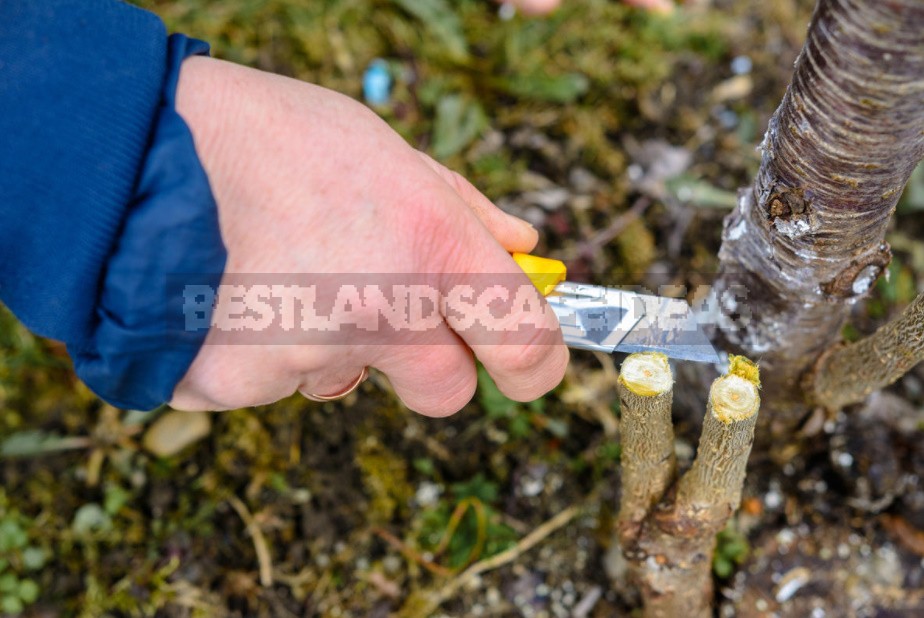
Rootstock is the roots that extract food and water, and naturally, the more effectively they cope with their task, the better for the grafted tree or shrub. This means that the rootstock should be adapted to the soil conditions of your area and (ideally) be resistant to various adverse factors: drought or high humidity, soil composition, its acidity level, etc.
The winter hardiness of the grafted plant largely depends on the rootstock — this is especially important in those regions where winters are not only cold, but also low-snow or unstable, with frequent and prolonged thaws.
In other words, the rootstock must be sufficiently durable, hardy, adapt well to local conditions and ensure the resistance of the grafted plant to the negative environmental influences characteristic of the planting region.
What are the rootstocks and what is the difference between them?
Rootstocks are usually divided into seed and clonal, or vegetative. Seed, as is obvious from their name, are obtained when growing seedlings from seeds. Clonal plants are plants obtained by vegetative reproduction: from cuttings, layering, root growth.
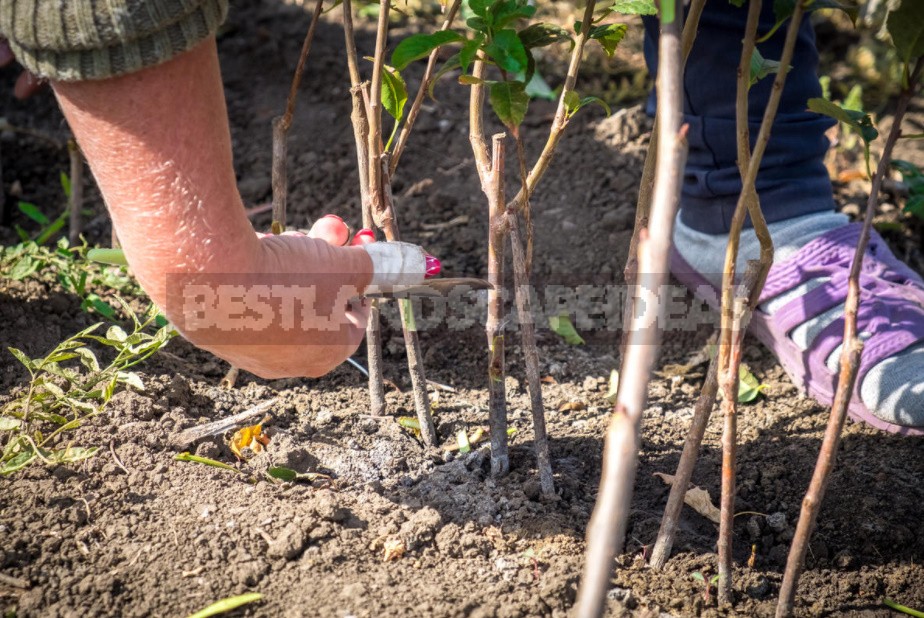
Which rootstock is better? There is no unambiguous answer to this question, because in both cases there are both advantages and certain disadvantages. The choice depends on what kind of result you need. You should weigh the pros and cons of seed and clone rootstocks in relation to solving your specific task.
If we talk about fruit crops, then the seed stock is chosen by those who need a tall tree with a powerful, deep and well-developed root system, resistant to frost, drought, and other unfavorable soil and climatic factors. Clone rootstock-for low (dwarf and semi-dwarf) or medium-sized trees that can grow due to a superficial, shallow root system where ground water comes close to the soil surface.
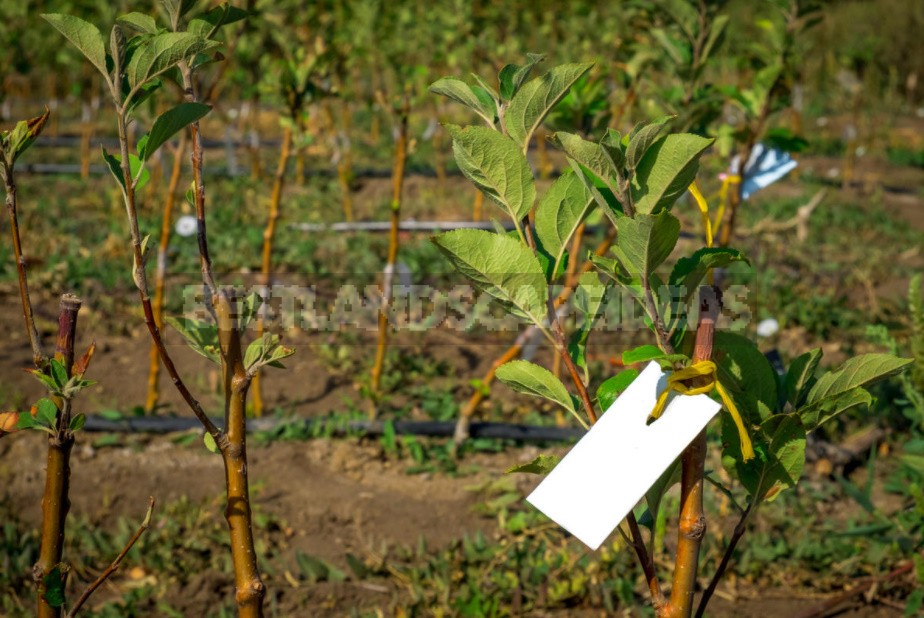
Fruit trees on clonal rootstocks enter fruiting faster, but those that are grown on seed rootstocks are usually more durable. The seed stock allows you to get more unpretentious plants, but the seedlings grow heterogeneous in their characteristics, while during vegetative propagation the seedlings are aligned and are able to preserve certain properties of the parent plant.
Finally, it is easier for an amateur to grow a rootstock from seeds, but it may take more time; clonal rootstocks are sometimes ready for grafting faster, but their cultivation requires some skills.
Where can I get a rootstock for vaccination?
There are many options. A plant that is already available in your garden can serve as a rootstock: for example, an apple tree grows, but you don’t really like its fruits, and a neighbor has an excellent variety, and he is ready to share the cuttings.
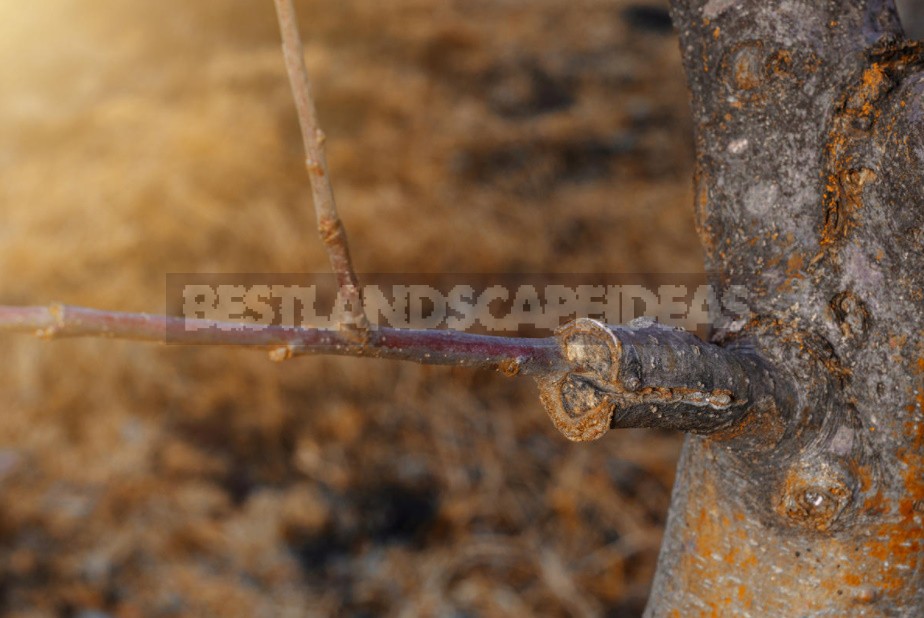
You can use wild plants — as a rule, they are very hardy and perfectly adapted to the conditions, since they have survived in the wild without any care. For example, my friend and I grafted cuttings from one of my apple trees on wild apple trees growing in abundance in a neighboring meadow.
You can, in the end, buy ready-made rootstocks in a nursery — and this will probably turn out to be more reliable in the end than a tree with unknown properties that grew in the forest or in the field from a seed that came from nowhere. Well, for those who prefer to do everything on their own and fully control the process, there is one solution: to grow a rootstock on their own. Everything is real, you just need to be patient.
How to grow a rootstock yourself
To begin with, of course, you should decide what kind of rootstock you need — we have already discussed this, it remains to clarify only one nuance: the compatibility of crops. Study this issue in detail in advance, so that later the vaccination will be successful, and the grafted plant will be durable.
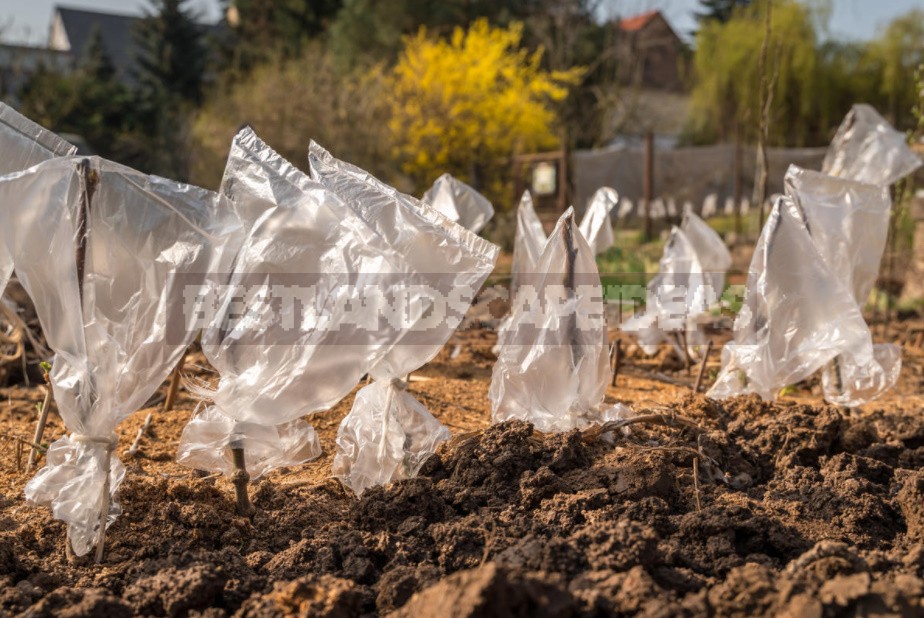
Of course, in this short article it is impossible to describe all the nuances of growing rootstocks — I will only give a very brief general scheme, starting from which you can proceed to independent experiments or engage in an in-depth study of the method that interests you.
How to grow a rootstock from seeds
Having selected mature, high-quality seeds of the selected crop,they are sown on a pre-prepared bed. Keep in mind that the seeds of trees need stratification, so the easiest way is to sow for the winter: in this case, stratification will take place naturally, without your participation. During spring sowing, seed preparation will have to be carried out at home.
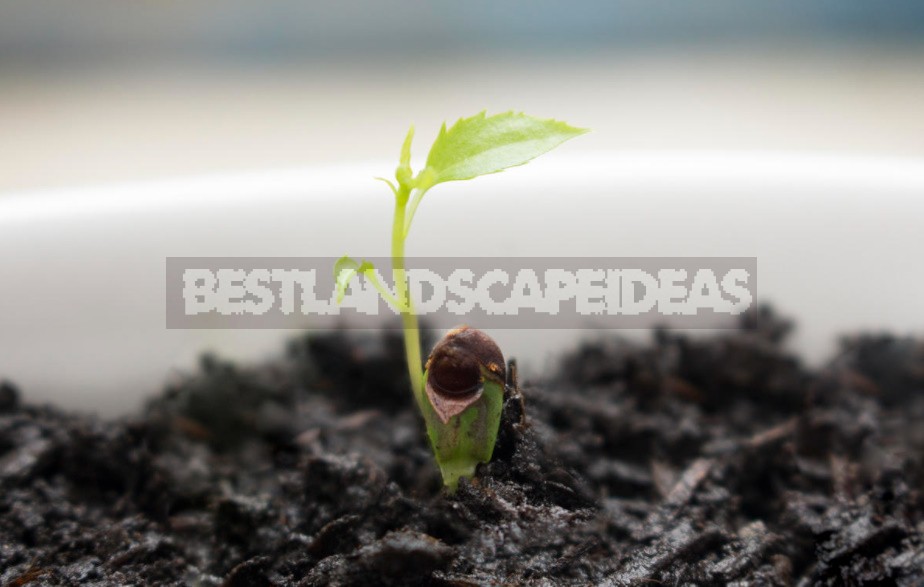
If the conditions allow, you can also grow seedlings at home, and then transplant the already grown plants into a school equipped in the garden. For those who have experience in seed propagation of perennials, this task will not seem difficult. Care for seedlings consists in loosening the soil, weeding, watering and fertilizing.
How to grow a clone rootstock yourself
This, perhaps, will be more difficult than getting rootstocks from seeds. The technologies of growing clone rootstocks are different and depend both on the available source material, and on your need for rootstocks, capabilities, experience… Over time, if there is interest, you will master different options, but, in my opinion, it is advisable to start with rooting green cuttings.
Green cuttings are harvested in May-June and rooted using small film greenhouses. Cuttings about 10 cm long are first placed for 12 hours in a solution of a root formation stimulator, and then planted in a moist nutrient mixture. Rooting takes place for several months in conditions of high humidity at a soil temperature of +25…+30 degrees, air – from +22 to +26 degrees.
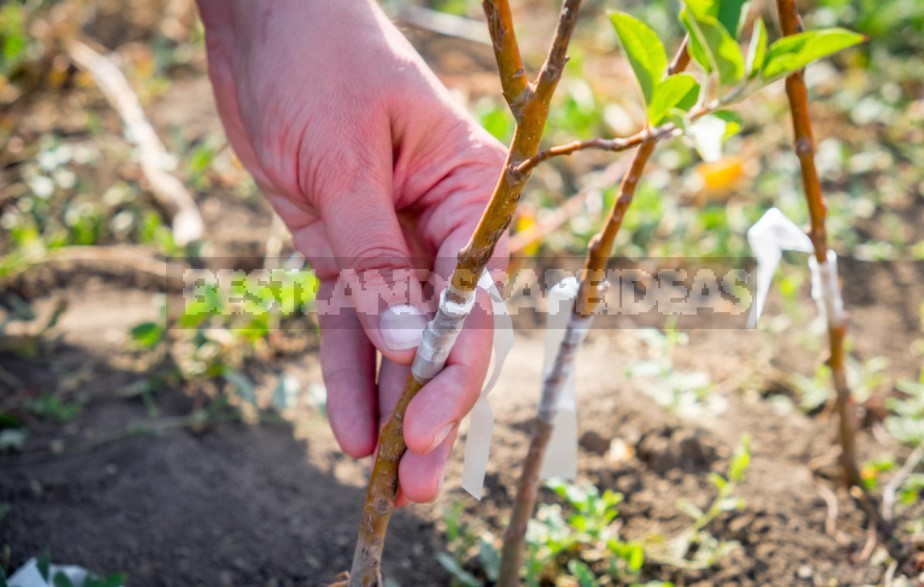
Keep in mind that rooting is only the beginning of the path: to get a full-fledged rootstock, cuttings are grown by transplanting to a school-this will take the entire subsequent season. It should also be borne in mind that not all cultures are equally successfully rooted, so the results may be different.
Nevertheless, if you are not afraid of difficulties and love experiments, self-cultivation of rootstocks and subsequent vaccinations will become an exciting activity for you, and your garden will be replenished with new wonderful varieties of plants that you may have only dreamed of before.
I know that many people have already mastered various methods of plant grafting on the site. And are there any summer residents among those who independently grow rootstocks for their garden experiments? Please respond, share your experience!
